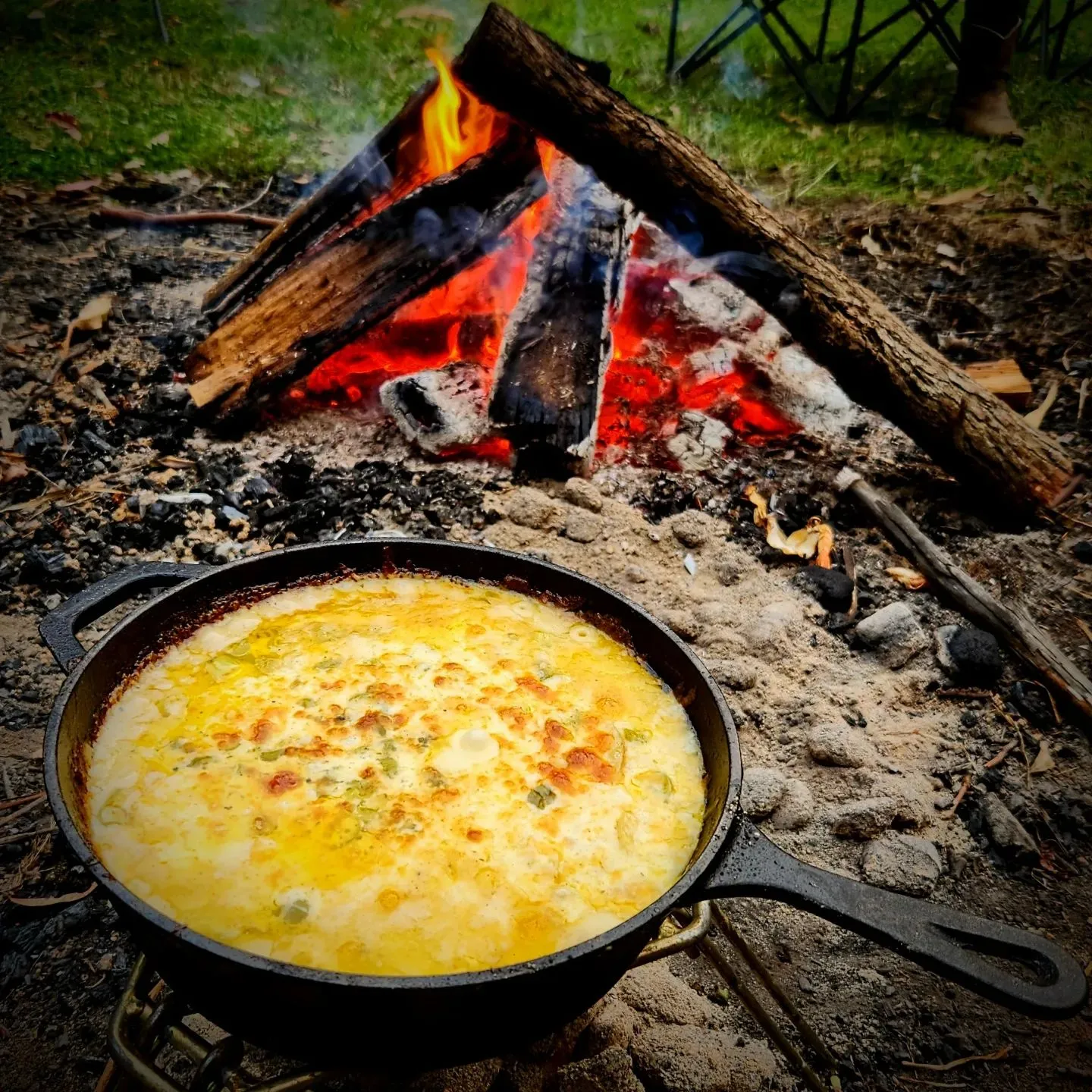
Achieving the Ultimate Crispy Fried Egg in a Cast Iron Skillet
The Perfect Fried Egg in a Cast Iron Skillet A Guide
Fried eggs are a staple breakfast item, beloved by many for their simplicity and charm. When cooked in a cast iron skillet, they can transform into a culinary delight that boasts a crispy edge, a luscious yolk, and a depth of flavor that is hard to beat. For those looking to master the perfect fried egg, using cast iron can elevate your cooking game significantly. Here’s how to achieve that ideal fried egg using this fantastic kitchen tool.
Understanding Your Cast Iron Skillet
Cast iron skillets are known for their heat retention and even cooking, making them a favorite among both home cooks and professional chefs. Before you even crack an egg, it's essential to ensure your skillet is well-seasoned. A properly seasoned skillet has a non-stick surface that enhances the frying process. If your skillet isn’t seasoned well, it can lead to eggs sticking—frustrating for anyone aiming for a pristine finish.
To season your cast iron, scrub it with a bit of soap and water (this is the only time you should use soap). Dry it thoroughly, then apply a thin layer of vegetable oil or flaxseed oil and heat it in the oven upside down at a high temperature for an hour. This process creates a smooth surface ideal for frying eggs.
The Perfect Heat
Heat management is crucial when frying eggs. Preheat your cast iron skillet on medium heat. This step is vital because if the skillet is too cold, the egg will stick, and if it’s too hot, the egg will cook unevenly, ruining that perfect yolk. To test the skillet, sprinkle a few drops of water onto the surface. If they sizzle and evaporate almost immediately, you’re ready to go.
Choosing the Right Fat
The type of fat you use can impact flavor and texture significantly. Traditionalists might opt for butter for its rich taste, but a combination of butter and oil can also work beautifully. The oil helps raise the smoke point, allowing the butter to brown without burning. Adding a pat of butter to the pan as soon as the oil shimmers creates a deliciously nutty flavor as the butter browns.
perfect fried egg cast iron

Cracking the Egg
When you’re ready to crack your egg into the skillet, consider its temperature. Cold eggs can lower the pan's temperature, resulting in uneven cooking and stickiness. To achieve the best results, let your eggs sit at room temperature for about 30 minutes before cooking. Gently crack the egg on the edge of the skillet, pouring it in carefully to maintain the integrity of the yolk.
Cooking the Egg
Once the egg is in the skillet, watch it closely. The whites should begin to set while retaining some translucence. For a sunny-side-up egg, cook until the whites are fully set and the yolk remains runny. If you prefer a more cooked yolk, cover the skillet with a lid to steam it slightly, which helps the top of the egg set without overcooking the bottom.
Finishing Touches
To enhance the flavor of your fried egg, season it with salt and pepper right before it's done. For an extra touch, consider adding fresh herbs, crumbled cheese, or even a drizzle of hot sauce for a bit of heat.
Conclusion
Cooking the perfect fried egg in a cast iron skillet is both an art and a science. By understanding your skillet, managing heat, choosing the right fats, and mastering the technique of cracking and cooking the egg, you can elevate this simple dish into a masterpiece. The rewarding experience of biting into a beautifully cooked fried egg, with contrasting textures of crispy whites and a runny yolk, is worth the effort. Enjoy your delicious creation on toast, atop a salad, or simply on its own, and savor the satisfaction of mastering this classic dish.
-
Season Cast Iron Perfectly with GPT-4 Turbo TipsNewsAug.01,2025
-
High Quality Cast Iron Cookware - Baixiang County Zhongda MachineryNewsAug.01,2025
-
Premium Cast Iron Pan: Durable & Perfect HeatNewsAug.01,2025
-
High Quality Kitchen Durable Black Round Cast Iron Cookware Pancake Crepe Pan-Baixiang County Zhongda Machinery Manufacturing Co., Ltd.NewsAug.01,2025
-
Cast Iron Cookware - Baixiang County Zhongda Machinery | Nonstick, Heat ResistanceNewsAug.01,2025
-
High Quality Kitchen Durable Black Round Cast Iron Cookware - Baixiang County Zhongda Machinery | Non-Stick, Heat Retention, DurableNewsJul.31,2025


